Thuong Nguyen
Multiple Instance Learning with the Optimal Sub-Pattern Assignment Metric
Mar 27, 2017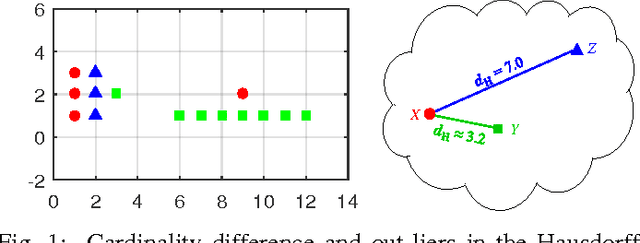
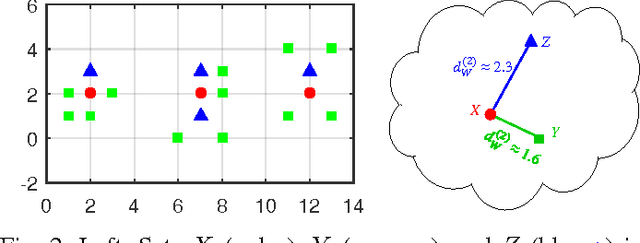
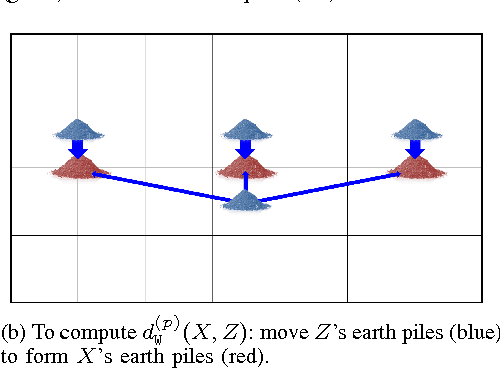
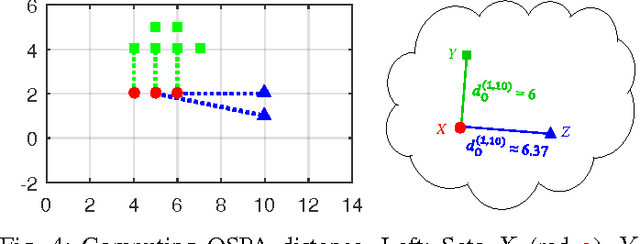
Abstract:Multiple instance data are sets or multi-sets of unordered elements. Using metrics or distances for sets, we propose an approach to several multiple instance learning tasks, such as clustering (unsupervised learning), classification (supervised learning), and novelty detection (semi-supervised learning). In particular, we introduce the Optimal Sub-Pattern Assignment metric to multiple instance learning so as to provide versatile design choices. Numerical experiments on both simulated and real data are presented to illustrate the versatility of the proposed solution.
An evaluation of randomized machine learning methods for redundant data: Predicting short and medium-term suicide risk from administrative records and risk assessments
May 03, 2016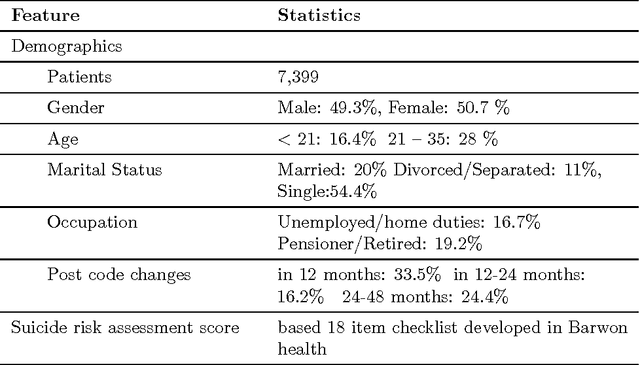
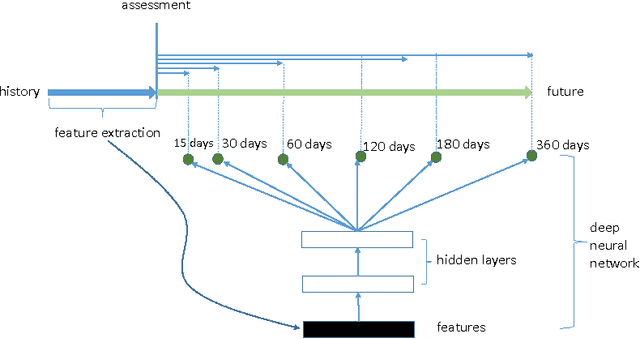

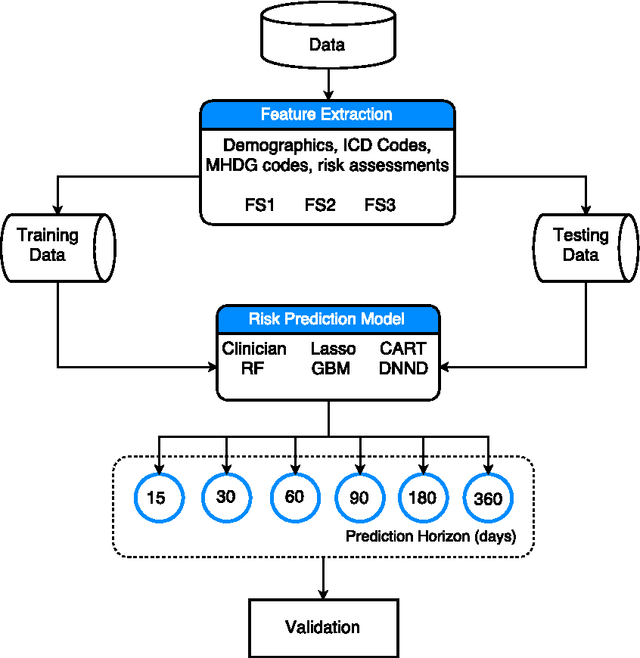
Abstract:Accurate prediction of suicide risk in mental health patients remains an open problem. Existing methods including clinician judgments have acceptable sensitivity, but yield many false positives. Exploiting administrative data has a great potential, but the data has high dimensionality and redundancies in the recording processes. We investigate the efficacy of three most effective randomized machine learning techniques random forests, gradient boosting machines, and deep neural nets with dropout in predicting suicide risk. Using a cohort of mental health patients from a regional Australian hospital, we compare the predictive performance with popular traditional approaches clinician judgments based on a checklist, sparse logistic regression and decision trees. The randomized methods demonstrated robustness against data redundancies and superior predictive performance on AUC and F-measure.
 Add to Chrome
Add to Chrome Add to Firefox
Add to Firefox Add to Edge
Add to Edge